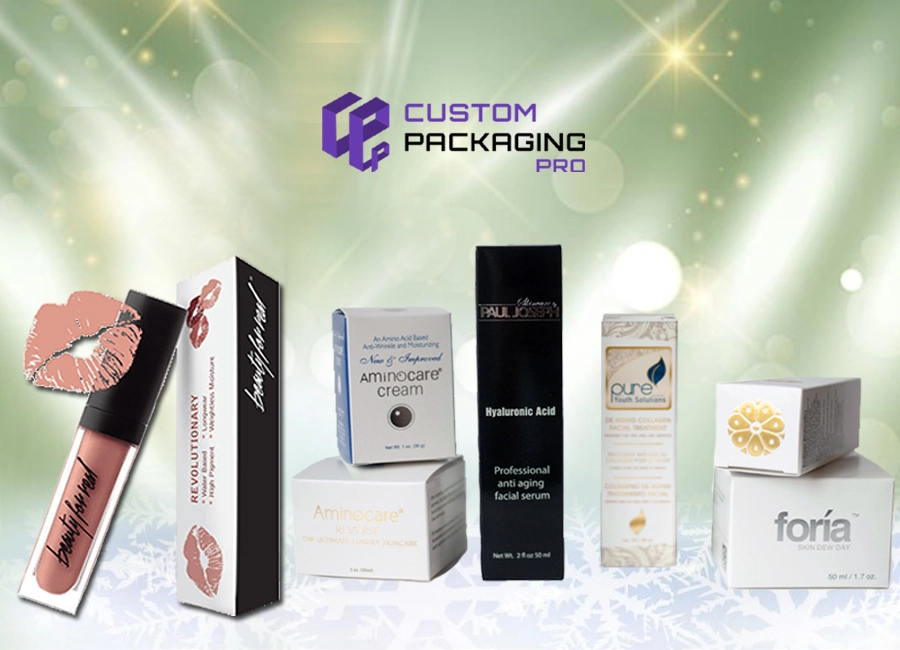January 21, 2020
How Lipsticks are Made
Lipsticks are an essential kind of makeup that women like to wear. When we look at the historical background of lipsticks, it is not a modern-day product. The ancient civilizations, including Egyptians, Sumerians, Syrians, and many others, all of them knew how to make makeup lips to make them look prominent.
The methodologies to make them and the ingredients were strikingly different, for years, "rouge" was used for a way to look good. Rouge is a red powder or cream that is rubbed on lips or cheeks for cosmetic purposes. Throughout history, the shapes and sizes of the lipstick changed until it took the current form. One more mentionable thing is that the lipstick boxes and packaging were not the same either.
Historians believe that in the early 19th century, only the promiscuous were allowed to wear makeup and lipsticks in Europe. It was not until the turn of the 20th century that lipsticks in specific and cosmetics, in general, started to gain acceptance in the masses of society.
Lipsticks are made with pigments in a scented oil-wax base.
The Ingredients of a Lipstick
The primary ingredients that compose a lipstick are usually wax, oil, and pigments, as mentioned before. Sometimes alcohol is added also depending upon where you want to sell the product in the world. In certain cultures of the world, alcohol is considered unholy. These places usually fall in the Muslim world.
The wax that is used in lipstick manufacturing falls into three categories. It can be beeswax and Candelilla wax. Candelilla shrub is a plant that provides Candelilla wax. This shrub is found in Mexico and the Southern part of the United States. The third kind of wax is Camauba wax, which is more expensive. The Camauba wax is also extracted from a plant-like Candelilla wax; it is only found in Brazil. All these three waxes can be added in certain proportionalities to make the lipsticks moldable and smooth.
Oils derived from minerals, castor seeds, lanolin, or vegetables are added to the wax in molten form to give the mold extra consistency.
One of the essential ingredients are pigments that give the shade to the lipsticks. They are added with fragrances and scents. To prevent the staleness of the lipstick mold preservatives and antioxidants are also used in the mold. Several other ingredients are also added to make the lipsticks more glossy and smooth as it moistens the lips when the lipstick is applied on them.
When it comes to the shape of the lipsticks, there is no one set criterion. It also influences the lipstick boxes when the lipstick manufacturer purchases them on wholesale. Similarly, there is no standardization or fixed proportions of the ingredients that would be added to a lipstick. Each lipstick vendor and company have their recipes that go into the manufacturing of the lipsticks. But the main elements mentioned above remain the same as the base components to manufacture lipsticks thus far. One thing to note is that the ingredients of the lipsticks can range from complex organic compounds to completely natural ingredients. The amalgam of these ingredients is the cause behind the properties of a particular lipstick.
Almost all the time, the fragrances are added to the lipstick. The composition of fragrances makes up to one percent part of the lipstick. If we generalize the proportions of all the ingredients in the lipstick, the following is the way to go. Sixty percent of the lipstick consists of wax and oil by weight. Alcohol and pigment make up to 25% of an average lipstick.
There are lip pencils and lip liners that are used on lips, but lip balm is something that comes very close to lipsticks. Like lipsticks, some lip balms also come in beautiful boxes to attract consumers of cosmetics products.
Overview of the Lipstick Manufacturing
To understand lipstick manufacturing, it is quite simple. The mixture of the ingredients is prepared, and it is heated to melt it down. When melting is complete to an extent, the mixture is poured in the cylindrical molds, also known as tubes, and the mixture is cooled down, and then it is packaged and ready for sale and to supply in the market.
- The ingredients of lipstick are heated separately in containers made of steel or ceramic to achieve a molten or warm state.
- The solvents are used to dissolve the pigments and as they are added to the castor, lanolin, or vegetable oil. This mixture is rolled through a roller mill to remove any granular texture in the final product. This process lets in some unwanted air into the mix. The substance requires more machine work, and some individual machines are made specifically for removing air from mixtures like these by leveraging vacuum.
- Next step after this grounding and removal of air, the mixture is poured into molten hot wax until the right color and consistency are obtained. This mixture can then be strained or molded, or it can be poured into containers for future processing.
- If it is decided that on the high temperature, the mixture has to be further processed, the melt has to be kept at a specific high heat to allow the trapped air to escape. Once the melt reaches the right temperature, it is poured into cylindrical molds to take the shape of lipsticks that we all know.
- The lipsticks are then packaged in attractive boxes and supplied to the store and markets for sale. The lipstick boxes are very well distinguished from other cosmetics packaging like custom printed lip balm boxes that you may find on wholesale. The lipsticks and lip balms are similar products, but they have different usages. The manufacturing processes of these two have similarities also.










